Wool industry to crank up $3bn China trade as demand multiplies
China is the biggest single buyer of Australian wool, now taking 82 per cent of the annual clip, an export trade which escaped any fallout from political tensions.
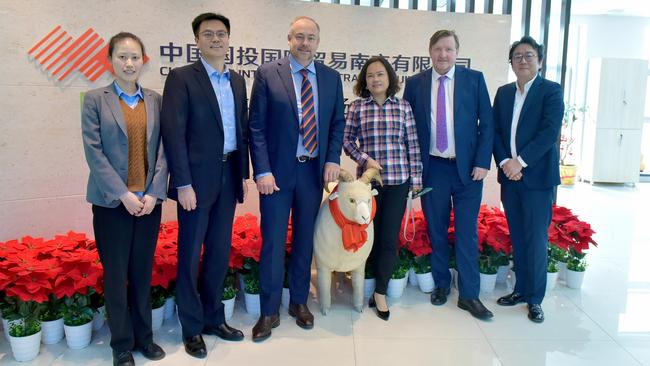
The Australian wool industry expects to boost its $3bn-a-year trade with China, as that country’s processing sector gears up to cater for increased natural fibre demand, according to Australian Wool Innovation chief executive John Roberts.
China is the biggest single buyer of Australian wool, now taking 82 per cent of the annual clip, an export trade which escaped any fallout from the political tensions which hit exports of wine, beef, barley, timber, coal and lobsters.
Australian Wool Innovation is the research, development and marketing arm of the Australian wool industry and is owned by more than 20,000 woolgrowers.
Mr Roberts, who recently returned from his first trip to China in more than four years, said there was increasing demand in China for clothing made from natural fibres which would favour the demand for Australian wool.
“More Chinese consumers want to wear wool,” he said. “There is a move away from fast fashion and fossil fuel fibres right across the globe, including China.”
Australia’s wool exports to China were down from $3.1bn in 2018-19, to $2.2bn in 2019-20 and $2.3bn in 2020-21.
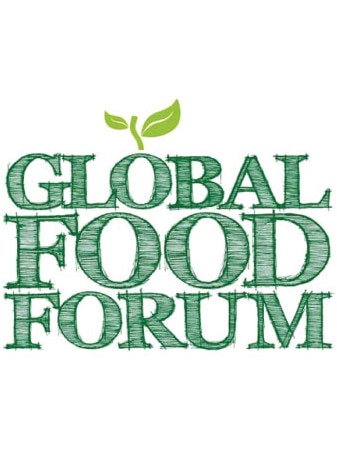
But they rose to $2.9bn in 2012-22 and are expected to come in at more than $3bn this year.
China now buys almost all of Australia’s wool clip, compared with India at only 5 per cent with smaller sales to Italy and the Czech Republic.
The total share taken by China has more than doubled over the past 20 years from 39.8 per cent in 2002-03, rising to 76.7 per cent in 2012-13 and about 82 per cent today.
“The trade was impacted by Covid when there were delays getting containers in and out of China, but the Chinese processors kept buying right through Covid,” Mr Roberts said.
“Our trade-to-trade relationship is rock solid and always has been.”
He said the increase in preference for wool, and a growing interest by Chinese consumers in buying locally made brands, was expected to increase the amount of Australian wool sent to China staying in that country to make local clothing, rather than being re-exported to clothing manufacturers offshore.
“Chinese wool processors are expecting that the 50 per cent of Australian wool which now stays in China, will increase each year,” he said.
“Chinese consumers are buying local brands and (clothing by) local designers.
“This is a massive shift from where things were 10 to 15 years ago when it seemed everybody in China wanted the Burberry check and Louis Vuitton imagery.
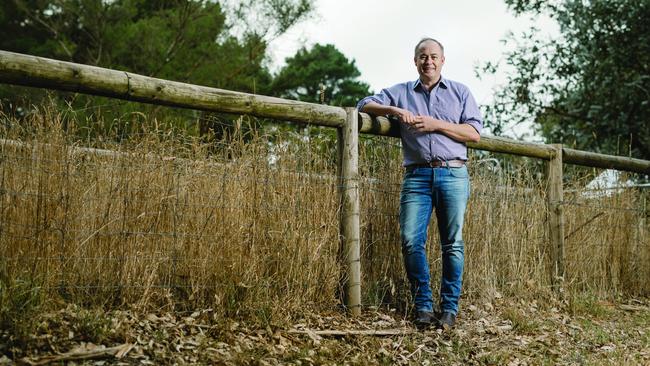
“Now there is greater support for local brands.”
Mr Roberts said the Chinese wool processors which bought wool from Australia were expanding their processing facilities and many had already done so during the worst of the Covid-19 pandemic.
“The expansion in plant capacity is incredible,” he said. “A few years ago there were only two or three (wool) top making plants which had the capacity to process more than 10 million kilos a year,” he said. “Now I can think of six or seven off the top of my head.
“A few small mills closed during Covid and won’t reopen, but that has been more than compensated by some of the bigger operators expanding, and in many cases doubling their capacity or are in the process of doing it right now.”
He said it was a good sign for the future demand of Australian wool that the factories in China were expanding.
“The companies just don’t build them (bigger plants) on a hunch, they have done their research,” he said.
“They understand that the Chinese consumer wants a naturally sourced fibre.
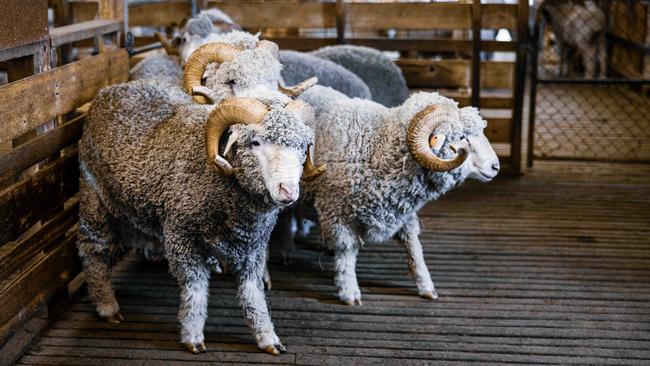
“They are getting that message from their overseas customers as well, particularly with the rising spending power of Generation Z.
“They are emphasising the natural, biodegradable qualities of wool because it is a strong selling point.”
He said there had also been a big increase in focus on the traceability of products which favoured wool from Australia.
Mr Roberts said Chinese wool processors had continued to buy Australian wool despite political tensions which affected exports of other Australian products.
Although trade had been affected by Covid-19 shutdowns it had continued throughout and had since picked up.
Mr Roberts said he expected wool prices would rise over the next few years because of the increased demand for natural fibres.
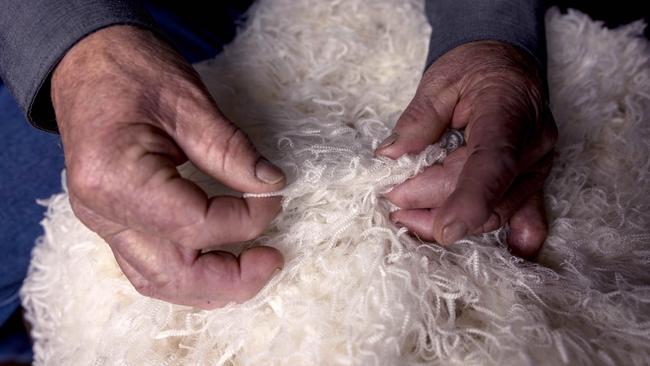
He said the wool industry had been watching closely the situation with other Australian export sectors which were hit by official and unofficial trade sanctions from China – moves which are estimated to have impacted trade worth more than $20bn.
“We were watching things very closely,” he said. “It concerned us deeply, given the strong relationships we have built up in China over such a long period of time.”
While wool was not affected, he said the trade and political tensions added a note of caution.
“When you sit watching your fellow commodities – like wine and barley – drop like flies, as a trader you tread cautiously because you might find the whole market collapses over time,” he said.
While he said there had been no effect on the wool trade, the thawing political relationship between Australia and China had improved sentiment.
“It has a mental impact on people’s willingness to commit to trade to have a strong political relationship,” Mr Roberts said. “It (the better political relationship) will definitely help.”
Despite Australia’s closer political ties with India, he said he did not see any potential for a significant increase in sales to that country in the near future because of the nature of its domestic industry.
“The Chinese are still hugely competitive (in buying Australian wool),” he said.
“They have got the scale and the know-how and they’ve got a lot of skin in the game.
“I would like to see the Indian market grow. Maybe it will, but it will take a long time.”








To join the conversation, please log in. Don't have an account? Register
Join the conversation, you are commenting as Logout